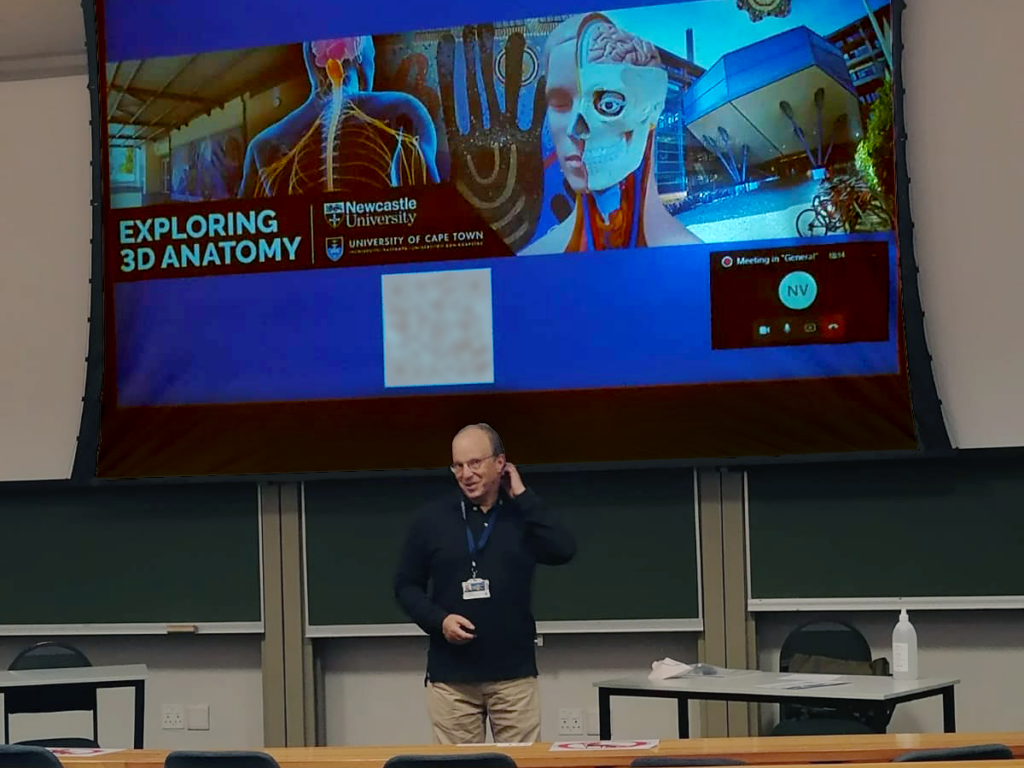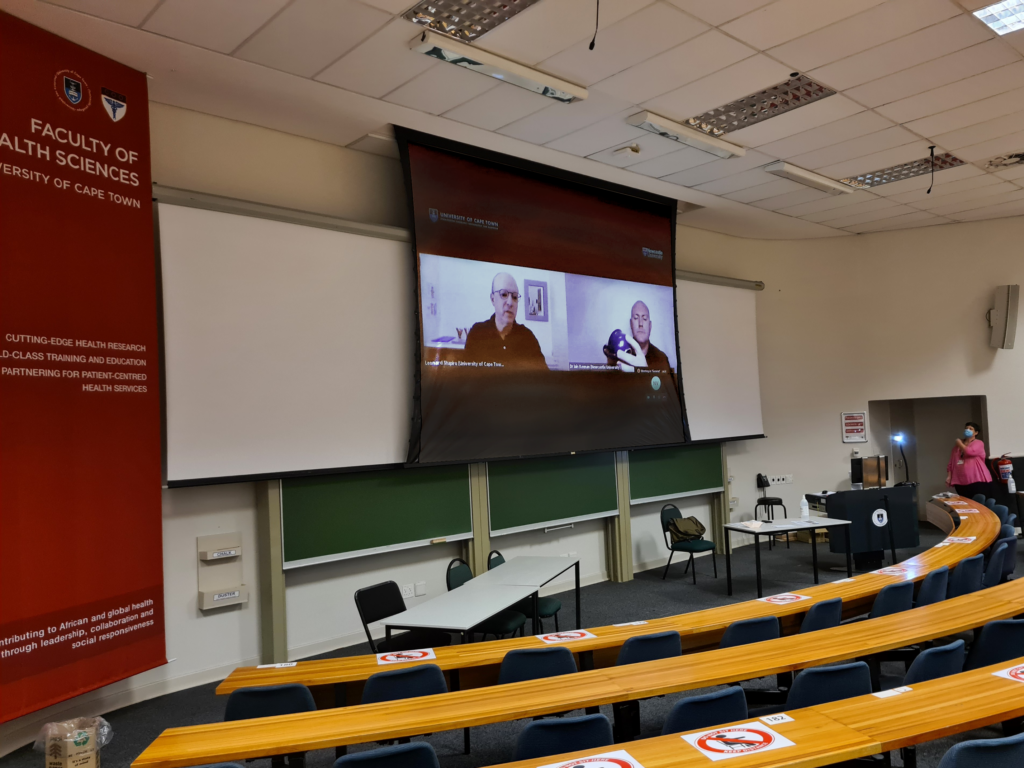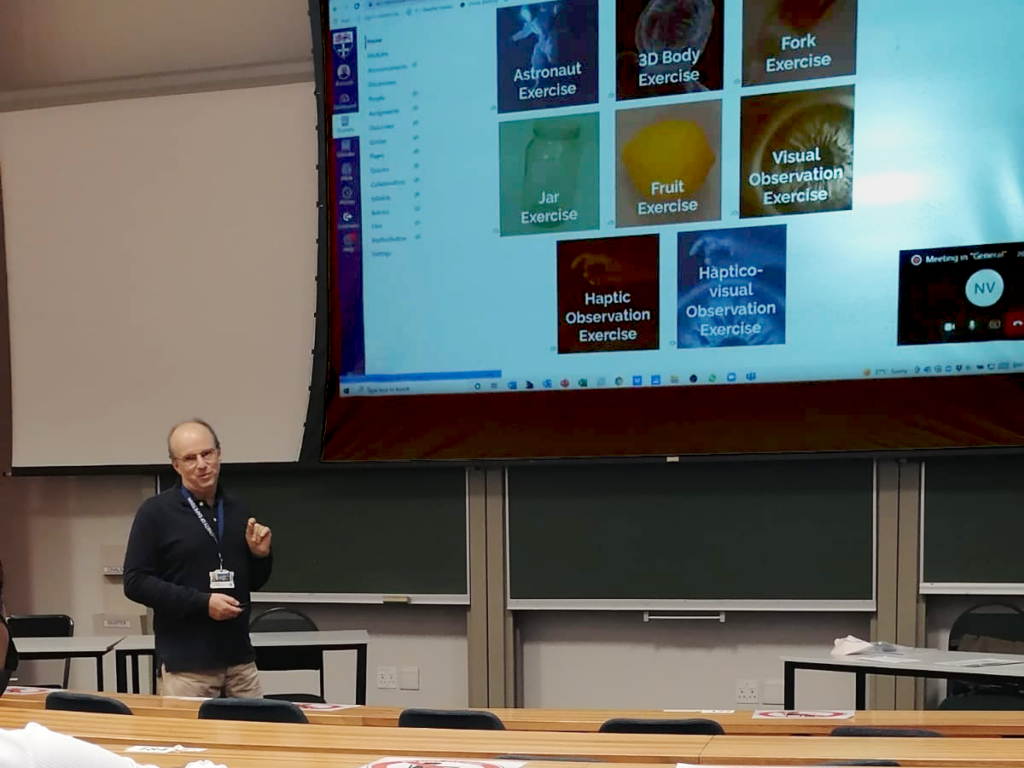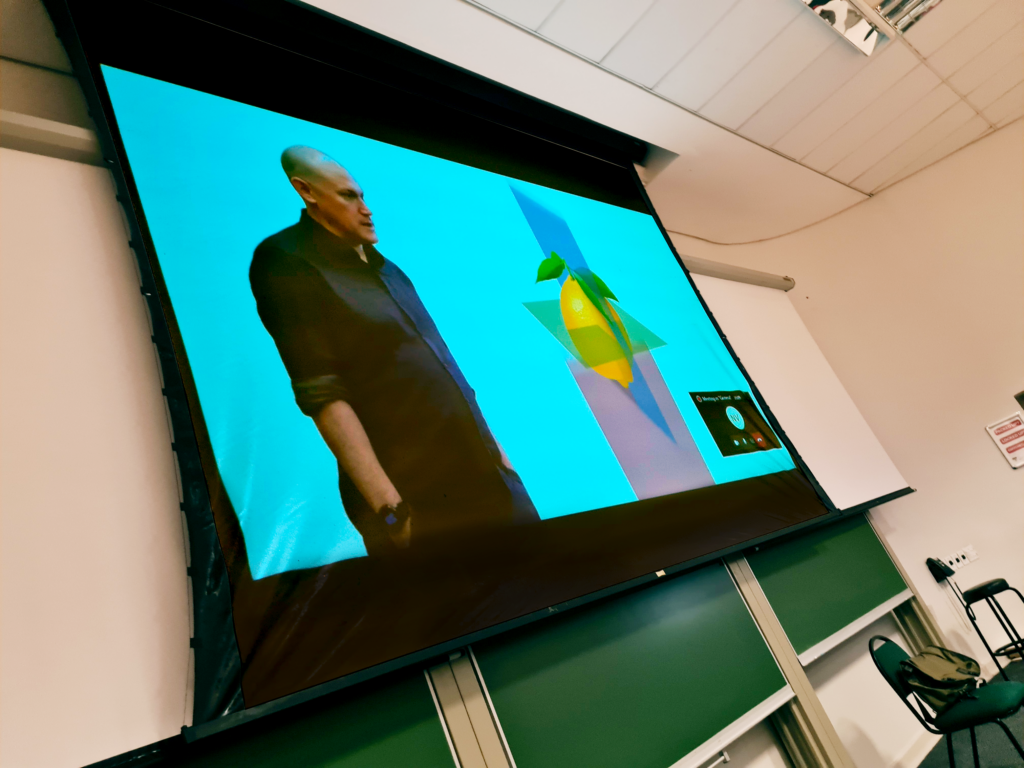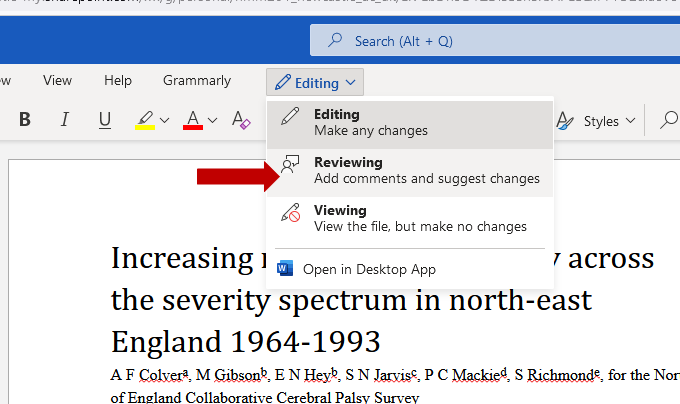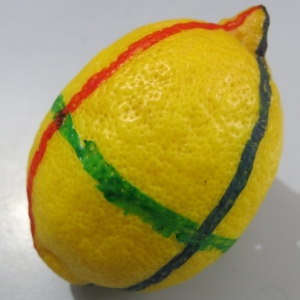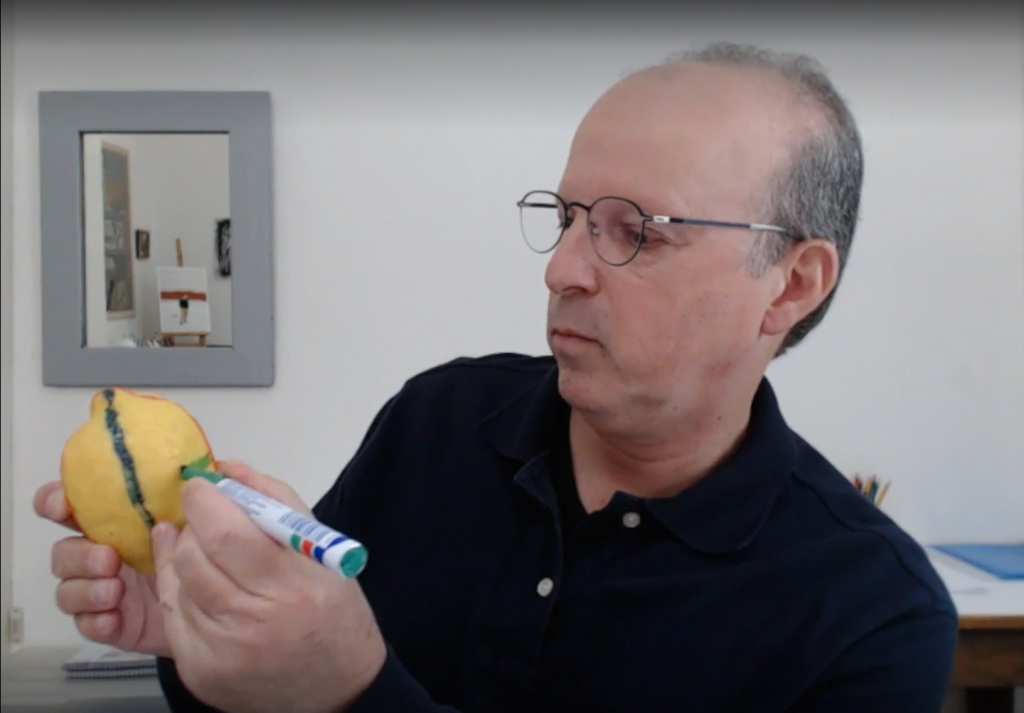As this was Ann’s first year as part of the module team, it was an exciting challenge to be involved in creating her first set of blended learning materials on Canvas. The process was highly collaborative, and the FMS TEL Team were able to contribute our knowledge of pedagogy – particularly online teaching – and the technical know-how to make the materials in Canvas and ensure they would work as needed.
To start the process, Ann outlined her goals for students, which we were able to shape into learning outcomes. She provided the final discussion topic exercise, and we discussed the issues to be considered as part of that discussion.
“How can I get people to challenge their own thinking?”
We discussed the learning outcomes and concepts, and this meant that I was able to suggest scaffolding activities for students to undertake in order to give students a solid foundation and build their confidence to answer the complex question at the end of the topic.
The design process was undertaken through a series of video calls during which we discussed the materials and reviewed how they worked on Canvas, finishing with a few action points for each of us. We discussed the learning journey in detail and stepped through content logically to ensure clarity. The development phase prompted questions and refinements – such as looking for specific resources or articles that could support the teaching.
“it improved my practice”
Activities added included short text and video input – written and sourced by Ann – which highlighted key concepts. A quiz was added so that students could test their knowledge of these important definitions and concepts. This allowed students to feel confident that they had a good grasp of the basics before applying them to their own contexts.
As an experienced facilitator, Ann identified where students might find the materials challenging, as the topic to be explored has a very personal dimension. We worked together to put in place alternative activities for students who preferred to reflect personally, discuss privately, or in an online seminar that Ann would facilitate.
At the end of the design process, the created materials were approved for inclusion in the module by module leader Fraser Birrell and will be part of MCR8032 in coming years. Working together with FMS TEL enabled the creation of high-quality and interactive online learning resources and allowed Ann to upskill in the area of asynchronous online teaching.
Associate Lecturer Profile

Ann Johnson has been a Patient and Public Involvement (PPI) Advocate, Lay tutor, and facilitator for twenty-five years, researching and creating a Patient Involvement Framework for Leicester University Medical School. She has conducted extensive community outreach in London, Leicester, and Florida USA with the goal of bridging communications between patients and practitioners. She is continuing her work as an Associate Lecturer and PPI Advocate at the School of Medicine.
Read more about the materials we developed.




